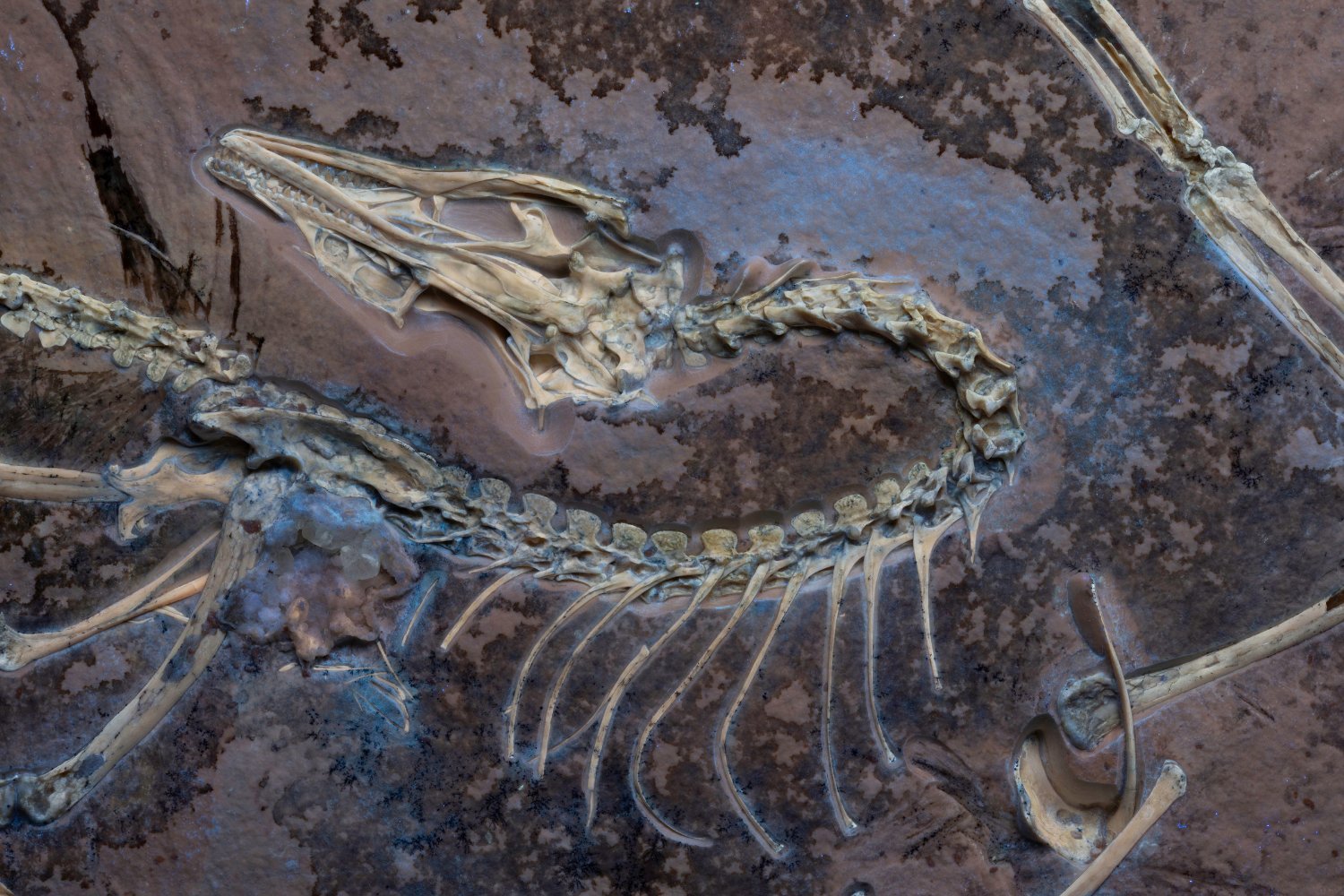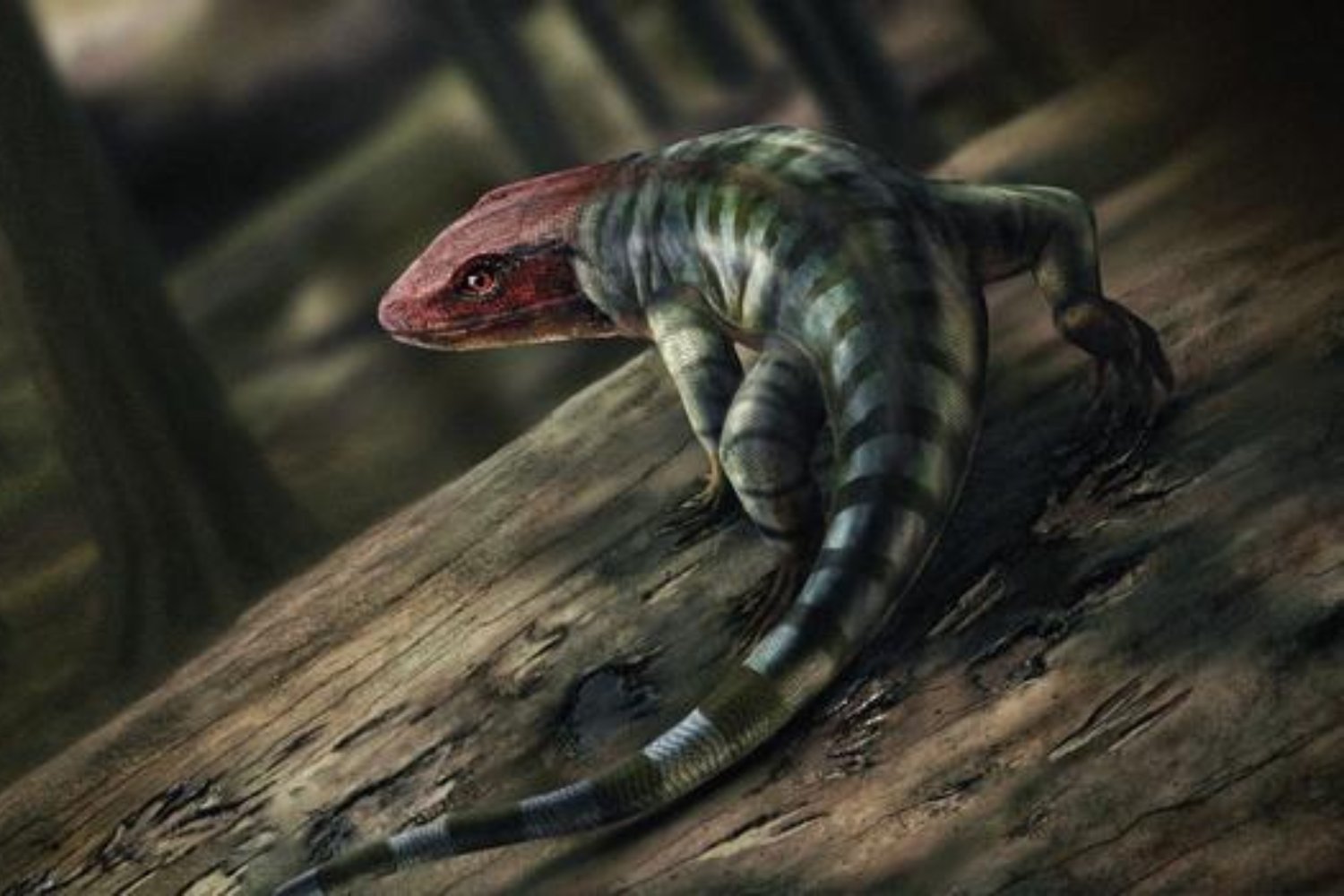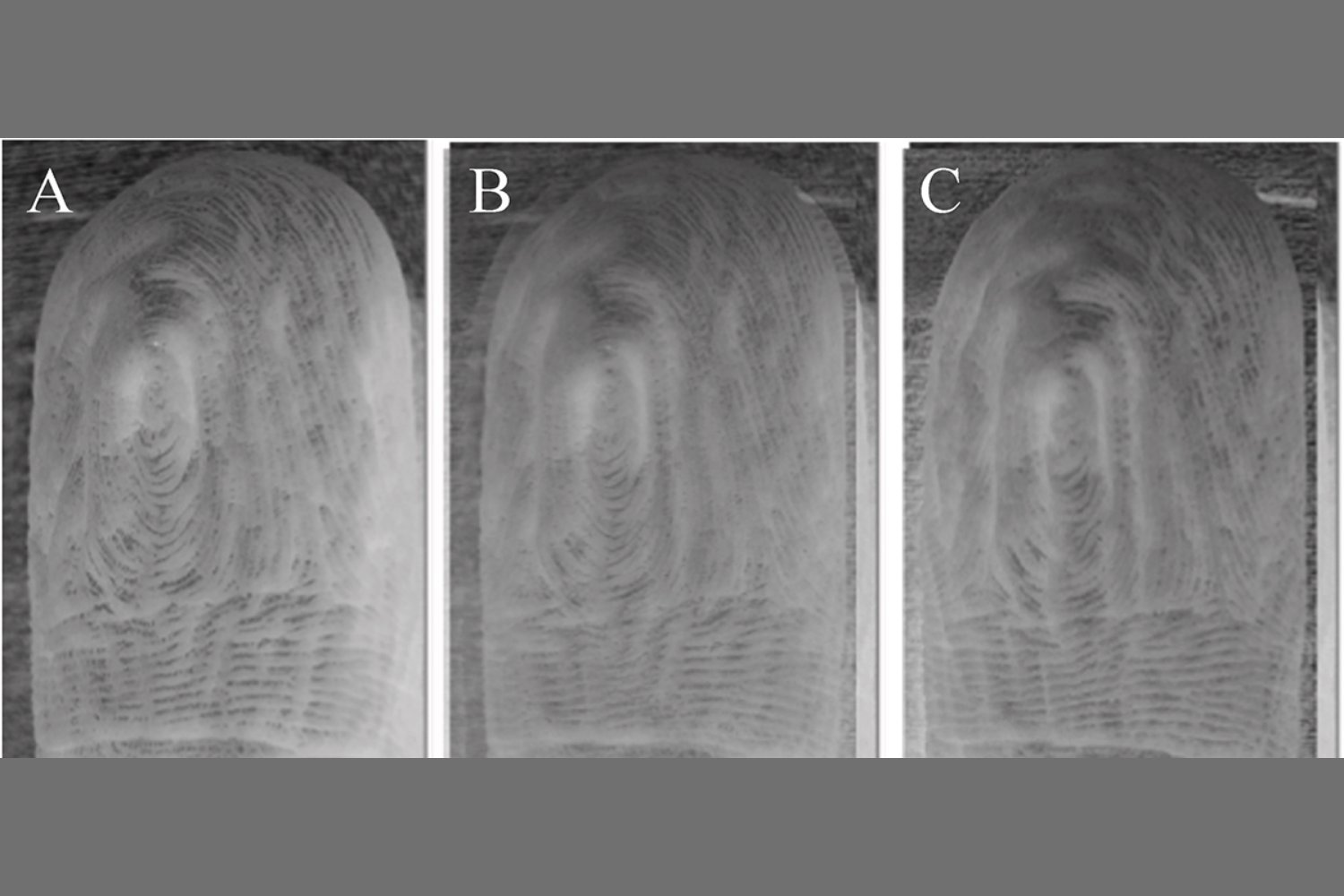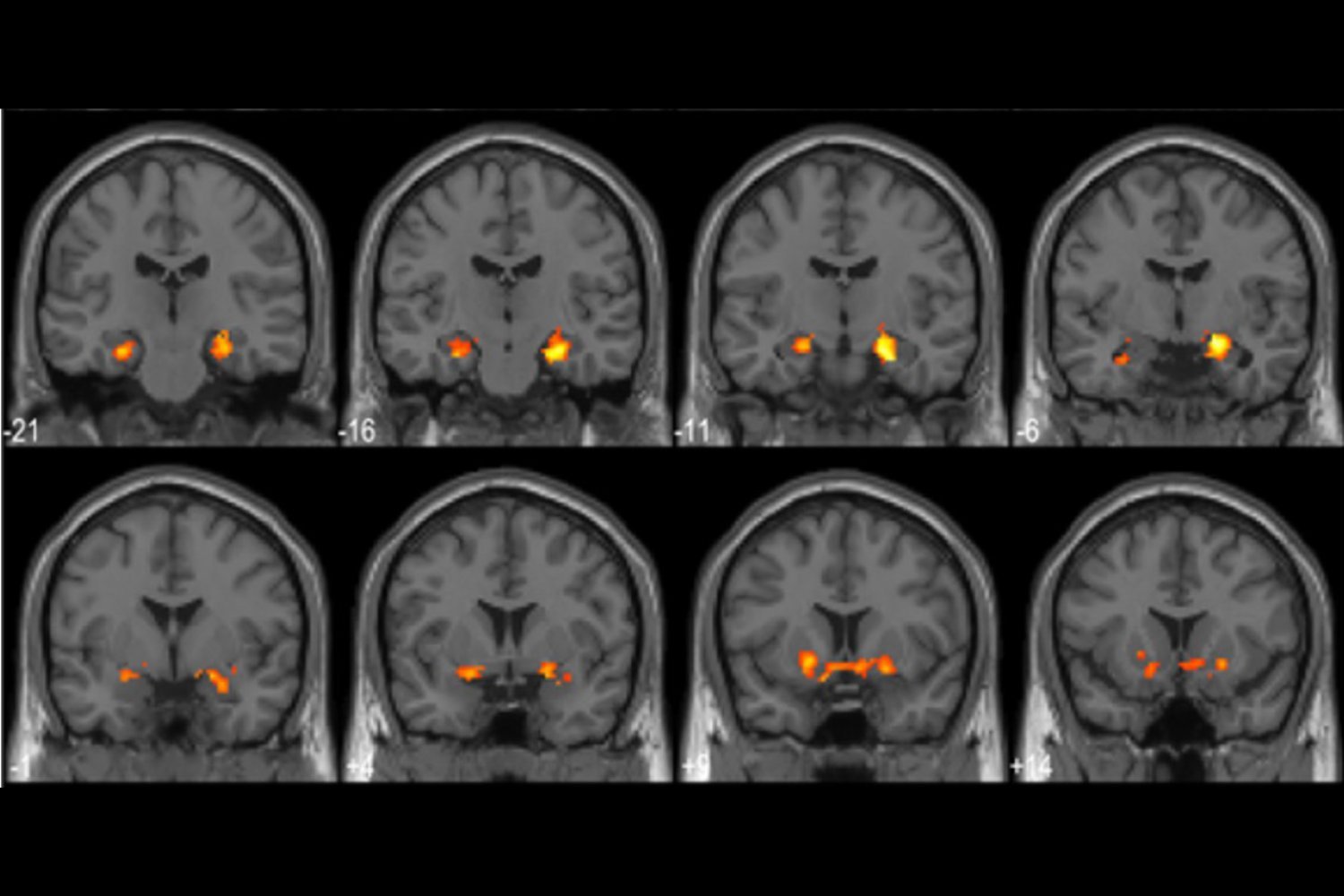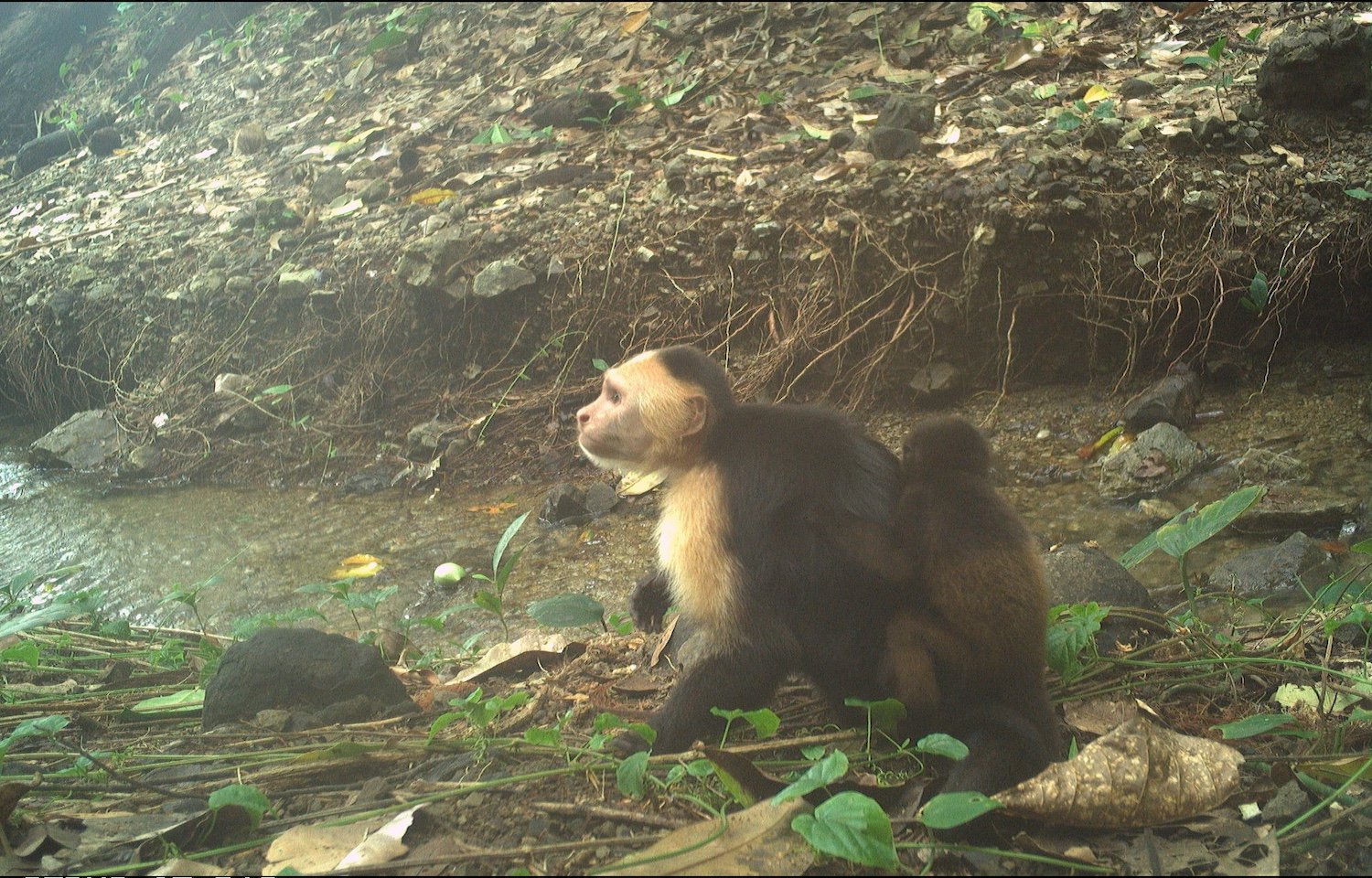The iconic Archaeopteryx, a creature showcasing the transition from reptiles to birds, has captivated scientists for over 160 years. A recently analyzed fossil, nicknamed the Chicago Archaeopteryx, offers unprecedented detail, potentially reshaping our understanding of this pivotal species and the evolution of flight.
This remarkable specimen, housed at Chicago’s Field Museum, is the smallest Archaeopteryx discovered to date, originating from the same German limestone deposits as other known fossils. What distinguishes the Chicago Archaeopteryx is its exceptional preservation and meticulous preparation. Over a year of painstaking work by the museum’s fossil preparation team, led by Akiko Shinya, unveiled previously unseen bones and soft tissues.
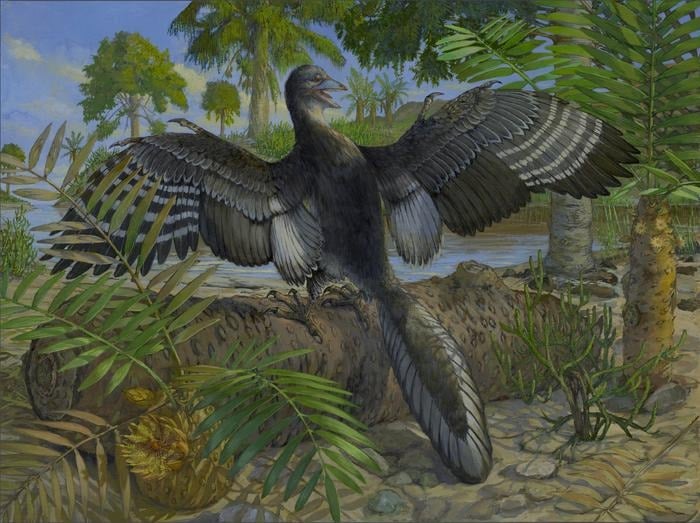 Archaeopteryx FossilArchaeopteryx fossil showing preserved soft tissue details.
Archaeopteryx FossilArchaeopteryx fossil showing preserved soft tissue details.
Unprecedented Soft Tissue Preservation
Jingmai O’Connor, lead author of the study published in Nature and associate curator of fossil reptiles at the Field Museum, emphasizes the significance of the preserved soft tissues: “For the first time we see the soft tissue of the hand and foot.” This offers crucial insights into Archaeopteryx‘s physical capabilities.
Hand Structure and Climbing Ability
Analysis of the hand tissue suggests that the two primary digits were not bound together, allowing the third digit independent movement. This supports earlier theories suggesting Archaeopteryx possessed climbing abilities. The independent digit movement would have provided the dexterity needed to grip branches and navigate arboreal environments.
Advanced Imaging Techniques
The research team employed cutting-edge technology, including UV light and CT scans, to meticulously examine the fossil. This careful approach, sometimes removing mere fractions of a millimeter of rock, ensured the preservation of delicate tissues and revealed intricate details.
 CT ScanCT scan image of the Archaeopteryx fossil highlighting skeletal structure.
CT ScanCT scan image of the Archaeopteryx fossil highlighting skeletal structure.
Evidence of Flight
Among the key findings are the presence of scales on the toes, soft tissue in the fingers, and intricate skull details that may shed light on the evolution of the flexible beaks seen in modern birds. Crucially, the discovery of tertial feathers—upper wing feathers absent in non-avian feathered dinosaurs—provides further evidence of Archaeopteryx‘s flight capabilities.
Implications for the Evolution of Flight
While earlier dinosaurs possessed feathers and wings, Archaeopteryx may have been among the first to achieve true flight. This supports the hypothesis that flight evolved multiple times within the dinosaur lineage, a fascinating concept highlighted by Archaeopteryx‘s unique position in the evolutionary tree.
Future Research
O’Connor emphasizes that the research is ongoing, with further analysis of the Chicago Archaeopteryx expected to yield even more insights. Future studies will focus on novel skull features, chemical analysis of the soft tissues, and a comprehensive full-body CT scan.
The Chicago Archaeopteryx represents a significant leap forward in our understanding of this remarkable creature and the evolutionary journey from dinosaurs to birds. This fossil offers a unique glimpse into a pivotal moment in evolutionary history, providing valuable clues about the origins of avian flight and the diversification of life on Earth.



